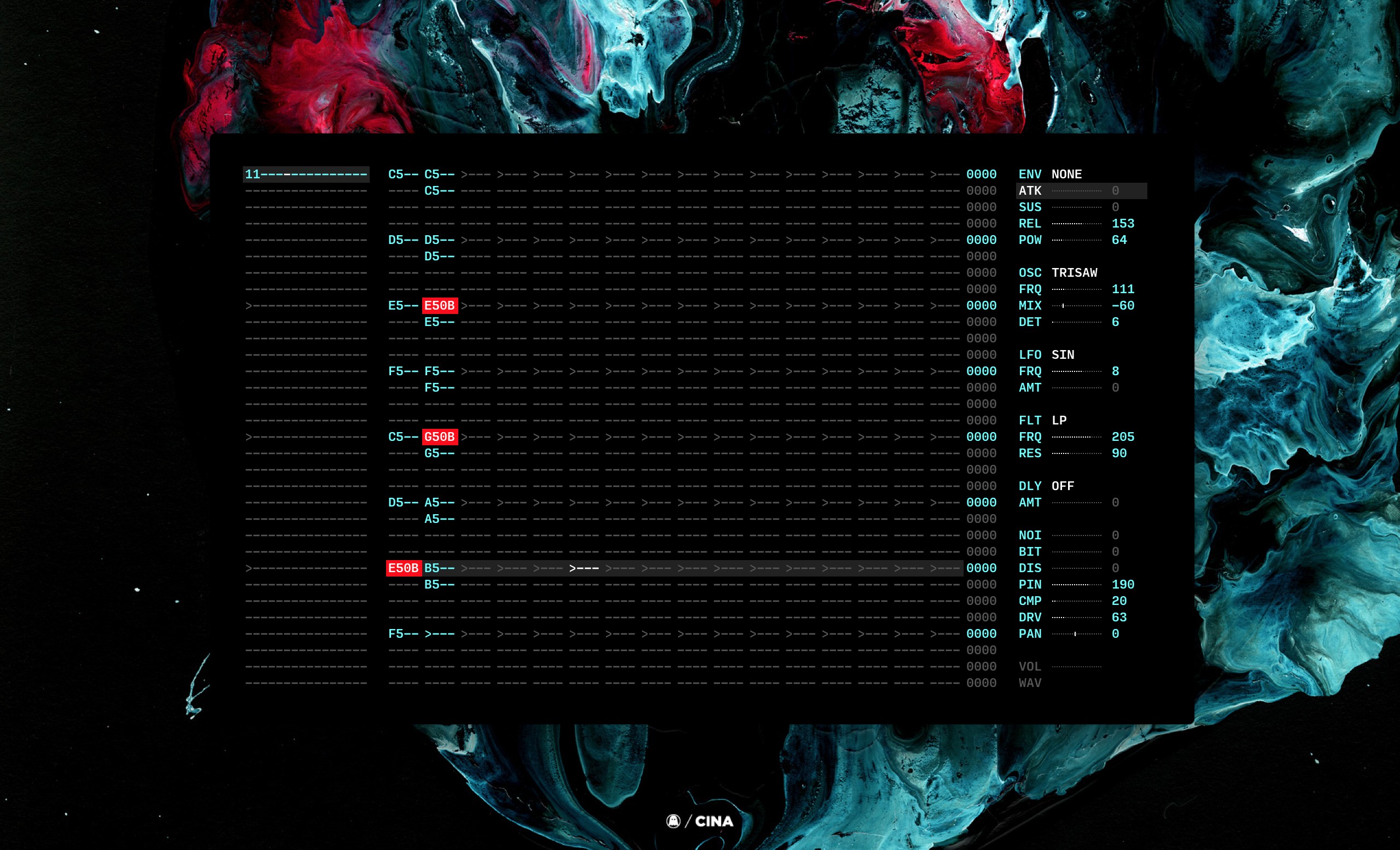Once in a while I try to build a modular that could work as a chiptune system. I've gotten a few chiptune-ish things in my rack over the years: SID Guts, Edges, some Atari Punk Console things, Equation Composer and the VCNoiz/VCNO.
I do like your idea quite a lot.
I want to hear what everyone thinks, whether you have played with a modular or not.
I do have quite some:
One of the beauties of working with something like a Gameboy is that it's a closed, self-sufficent ecosystem, quite unlike the modular, which is never really closed. I think that what you described above would make more sense as a semi-modular desktop unit. The patchability would be most interesting for self-patching, but would also open it up to talk with other modular and semi-modular instruments.
Self-patching is quite an important aspect here I think, and this would make this quite different from the Gameboy experience.
Also, this is a central point IMHO. Don't try too hard to emulate the Gameboy, since this would be a completely different thing anyway.
You'll also need a mixer and it would be interesting to also have some LFOs and a S&H.
The EG/VCA could be its own block. Maybe a 4ch AD/AR envelope with VCA. I find the way they did it on the Moog Mother 32 quite well done. It's an AD/AR where you toggle between the two behaviours by enabling/disabling sustain.
I would try to add as much CV as possible and add CV outputs to modulation blocks.
A central question here is of course sequencing. Should it be on-board of rely on external gear? Both approaches are possible, but perhaps the latter would make more sense. Even though having an onboard sequencer would make this more standalone. More like an instrument.
---
to reply to some of your questions:
fixed to 4 widths or analog?
Not a huge DMG expert, but I'd say analog. I don't see the huge benefit in keeping this true to the original.
SD card with samples?
Absolutely! You'll want to make it really easy for people to add they own samples and I guess adding an SD slot is easiest to do.
Analog or psuedo random number?
I'd be in favour of peudo random, mostly because it's one of those things that define the chip sound.

